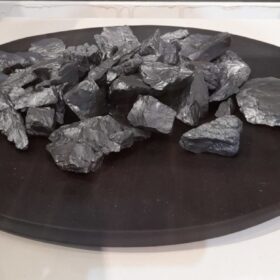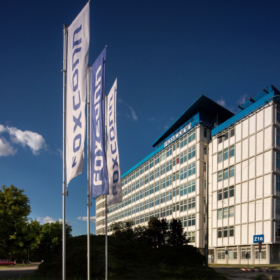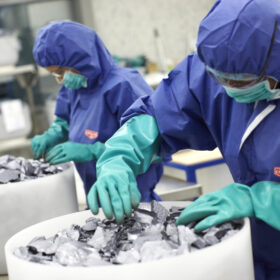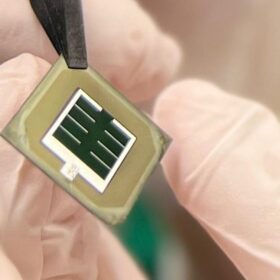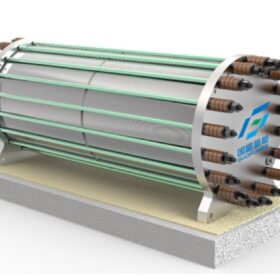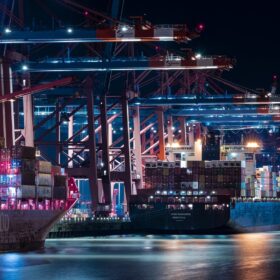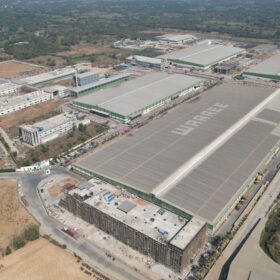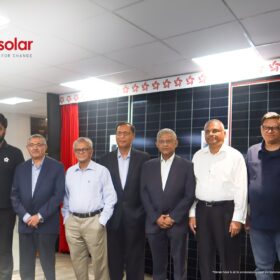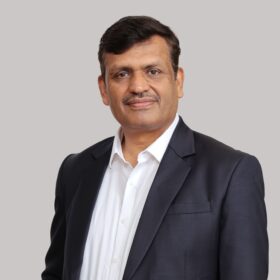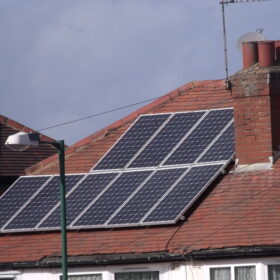Tokuyama plans polysilicon factory in Vietnam
Japan’s Tokuyama says it will build a new polysilicon manufacturing facility in an industrial park in Ba Ria-Vung Tau province, Vietnam.
Foxconn mulling battery energy storage unit in India
Taiwanese electronics manufacturer Foxconn (Hon Hai Technology Group), which is working on lithium ferro phosphate (LFP) and solidstate batteries, is exploring production of electric vehicles and battery energy storage systems in India.
Gensol Engineering, Matrix Gas consortium wins 237 MW hydrogen electrolyser manufacturing capacity under PLI Scheme
Gensol Engineering Ltd, in collaboration with Matrix Gas and Renewables, has emerged as a winner bidder for 237 MW of annual electrolyzer manufacturing capacity under the government’s production-linked incentive (PLI) scheme. With this, it has secured a cumulative 300 MW capacity under the PLI tender launched by Solar Energy Corp. of India (SECI), including 63 MW awarded in the first round.
Heliene to procure U.S.-made solar wafers from NorSun
The NorSun wafers will be supplied from the company’s planned 5 GW wafer factory in Tulsa, Oklahoma.
BT Imaging to supply PL imaging tool for 1.5 GW TOPCon solar cell line in India
Australia’s BT Imaging will supply its advanced photoluminescence (PL) imaging tool, LIS R3, for Emmvee’s 1.5 GW TOPCon solar cell manufacturing facility in India.
KAUST reveals details of 33.7%-efficient perovskite-silicon tandem solar cell
In a new scientific paper, researchers from the King Abdullah University of Science and Technology (KAUST) in Saudi Arabia presented the 33.7%-efficient perovskite-silicon tandem solar cell announced in May last year. They explained the device is based on a perovskite additive known as tetrahydrotriazinium that reportedly enhances the phase stability of the perovskite film under heat and light conditions.
The Hydrogen Stream: Advait signs alkaline electrolyzer deal with China’s Guofu Hydrogen
Advait Infratech has signed a technology licensing agreement to gain access to Guofu Hydrogen Energy’s technology for alkaline electrolyzer production.
US tariffs on solar cells remain, volume increases
The administration of US Presiden Joe Biden has issued a proclamation stating that the tariff rate quota of 14.25% on solar cells will remain, but the volume will increase from 5 GW to 12.5 GW.
Waaree Energies secures 90 MW solar module contract for Juniper Green’s Bikaner project
Waaree Energies will supply 90 MW of its 540Wp/545Wp dual-glass modules for Juniper Green’s project in the Bikaner district of Rajasthan.
Vikram Solar unveils 20-busbar bifacial heterojunction module
Vikram Solar has unveiled the Suryava bifacial heterojunction (HJT) module with efficiency level exceeding 23%. The module is built with 20-busbar, G12 solar cells.
